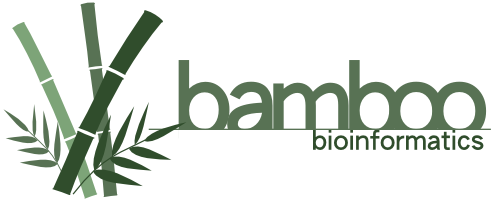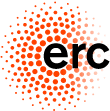Symbiosis, or at least its extent, role and precise nature are controversial but symbiosis appears also essential to understand some of the most fundamental evolutionary and functional questions related to living organisms. Nevertheless, although symbiotic relationships have been studied by biologists since probably the early 19th century, they remain little studied by computational biologists. Yet the enormous variety in the observed types of pair- and multi-wise symbiotic relations, and the fact that these relationships touch upon almost every aspect of biology, from molecular to ecological, raise formidable mathematical and computational issues. Addressing some of the main such issues to arrive at a better understanding of the processes of “acquisition and maintenance of one or more organisms by another” and of the (co)evolution of “novel structures and metabolism” with which such processes are associated is the purpose of this project. The approach proposed blends a mathematical (combinatorial, statistical) exploration of the huge variety of genomic and biochemical landscapes observed in the symbiont world, and at the interface between symbionts and hosts or of both and their environment, together with wet-lab experiments.



